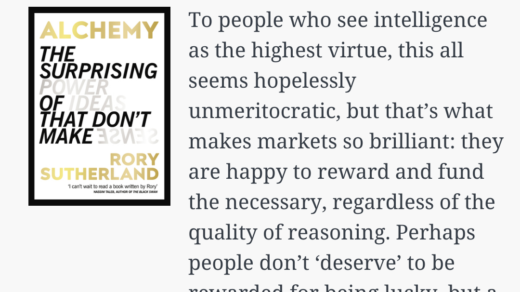Psychologists have demonstrated that group identity can have a powerful effect on achievement—both a positive and a negative one. In the early 1990s, Claude Steele, a psychologist who is now the dean of the school of education at Stanford University, identified a phenomenon that he called stereotype threat. If you give a person a subtle psychological cue having to do with his group identity before a test of intellectual or physical ability, Steele showed, you can have a major effect on how well he performs. Researchers have since demonstrated this effect in countless different settings. When white students at Princeton were told before trying a ten-hole mini golf course that it was a test of natural ability in sports (which they feared they didn’t possess), they scored four strokes worse than a similar group of white students who were told it was a test of their ability to think strategically (which they were confident they did possess). For black students, the effect was the opposite: when they were told the mini golf course was a test of their strategic intelligence, their scores were four strokes worse. Steele’s theory is that when you are worried about confirming a stereotype about your group—that white people aren’t athletic; that black people aren’t smart—you get anxious, and as a result, you do worse. Other researchers have found stereotype threat in pursuits much more serious than miniature golf. When people in their sixties and seventies and eighties were instructed to read an article about how memory fades with age before they took a memory test, they remembered 44 percent of the words in the test; members of a similar group who weren’t told to read the article before the test remembered 58 percent of the words. Before a challenging math test, female college students need only be reminded that they are female for them to do worse on the test than female students who don’t receive that identity cue. The good news about stereotype threat is that, just as it can be triggered by subtle cues, it can be defused by subtle interventions. One of the most effective techniques, which has now been tested in a variety of settings, is exposing students at risk of stereotype threat to a very specific message: that intelligence is malleable. If students internalize that idea, these studies show, they gain confidence, and their test scores and GPAs often rise too.
A reminder to not let stereotypes and group identity define what we are capable of. We shouldn’t be delusional about our abilities, but underestimating what we are capable of leads to us performing below our potential. The key is to be open minded and not limit our options and paths.



